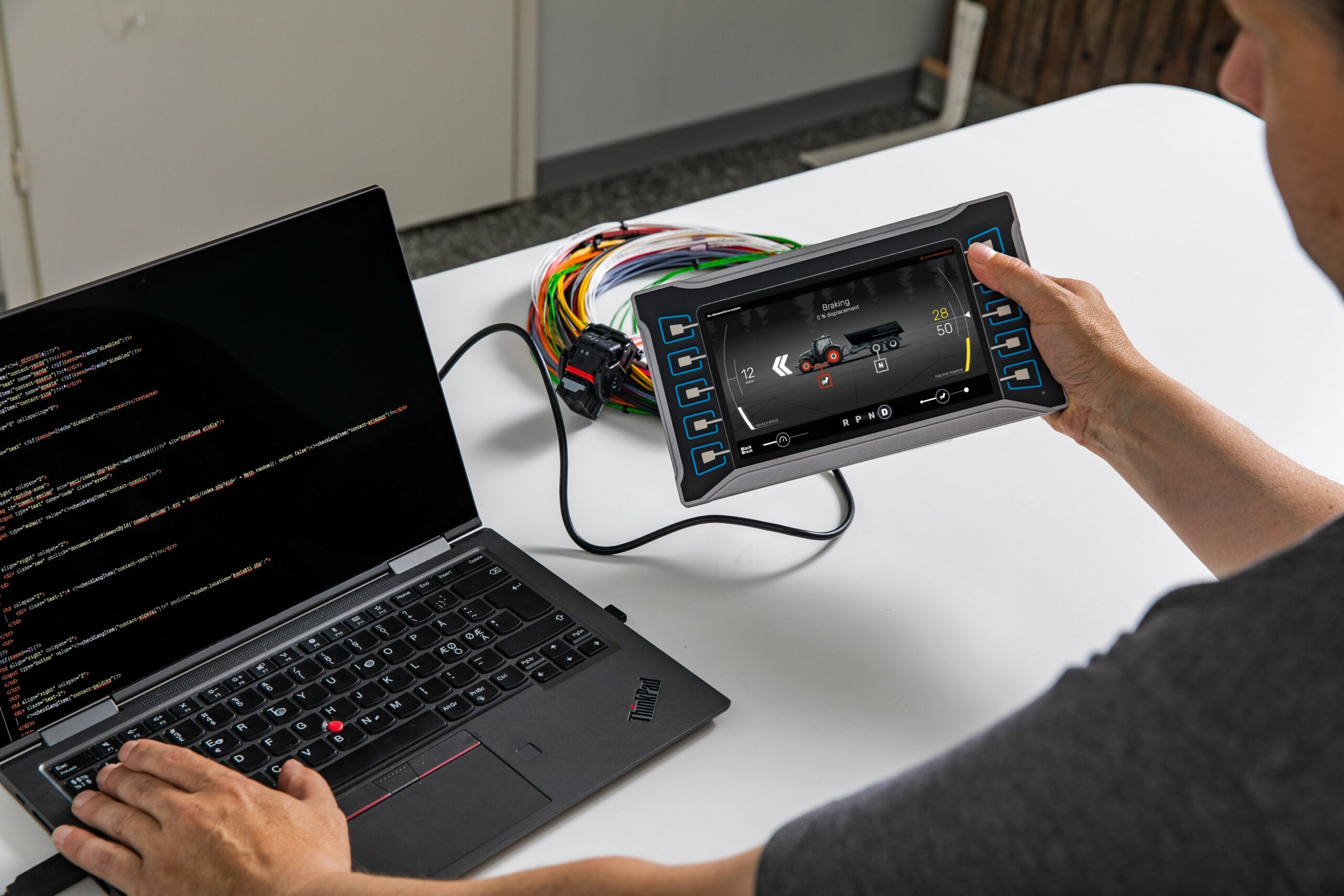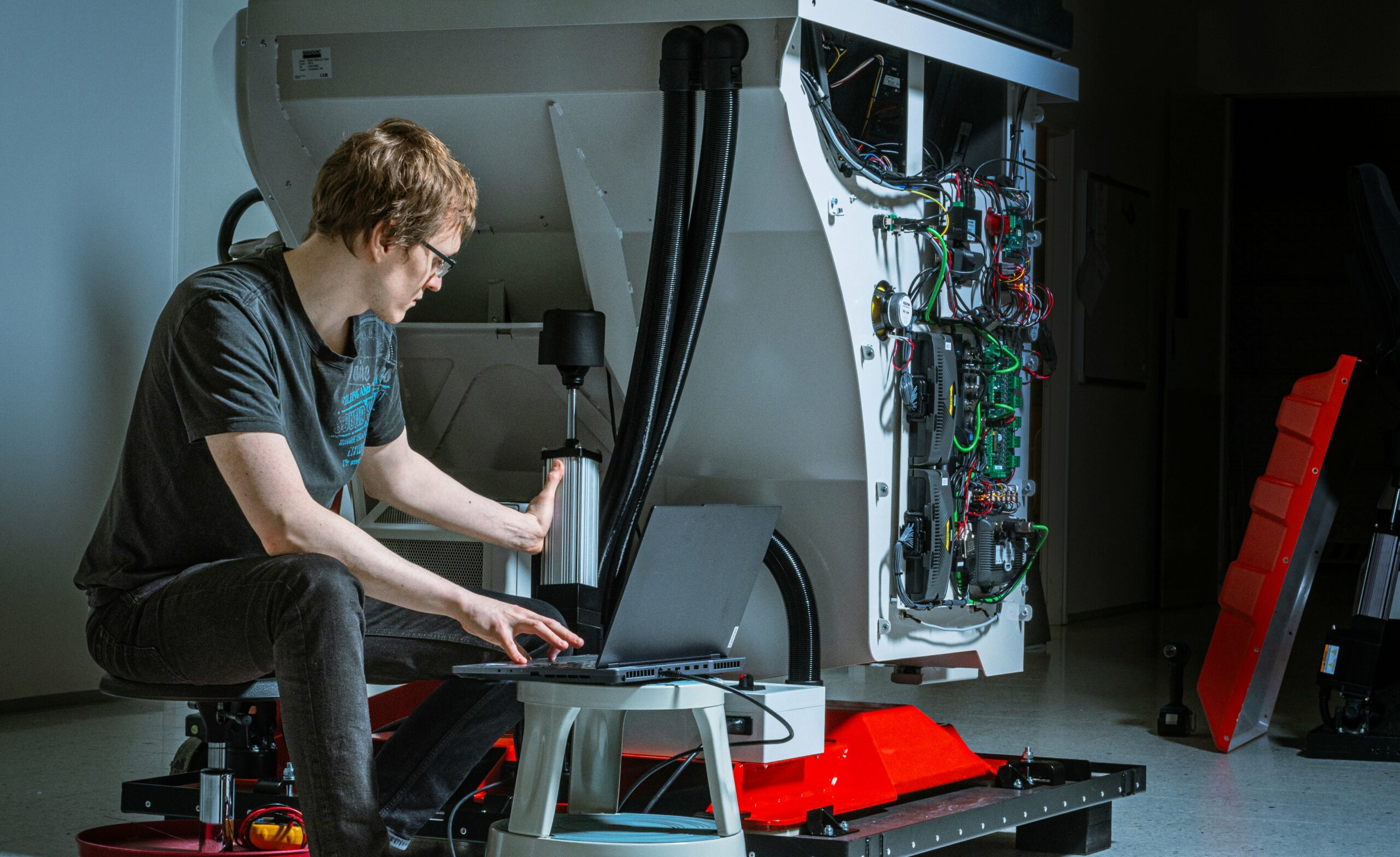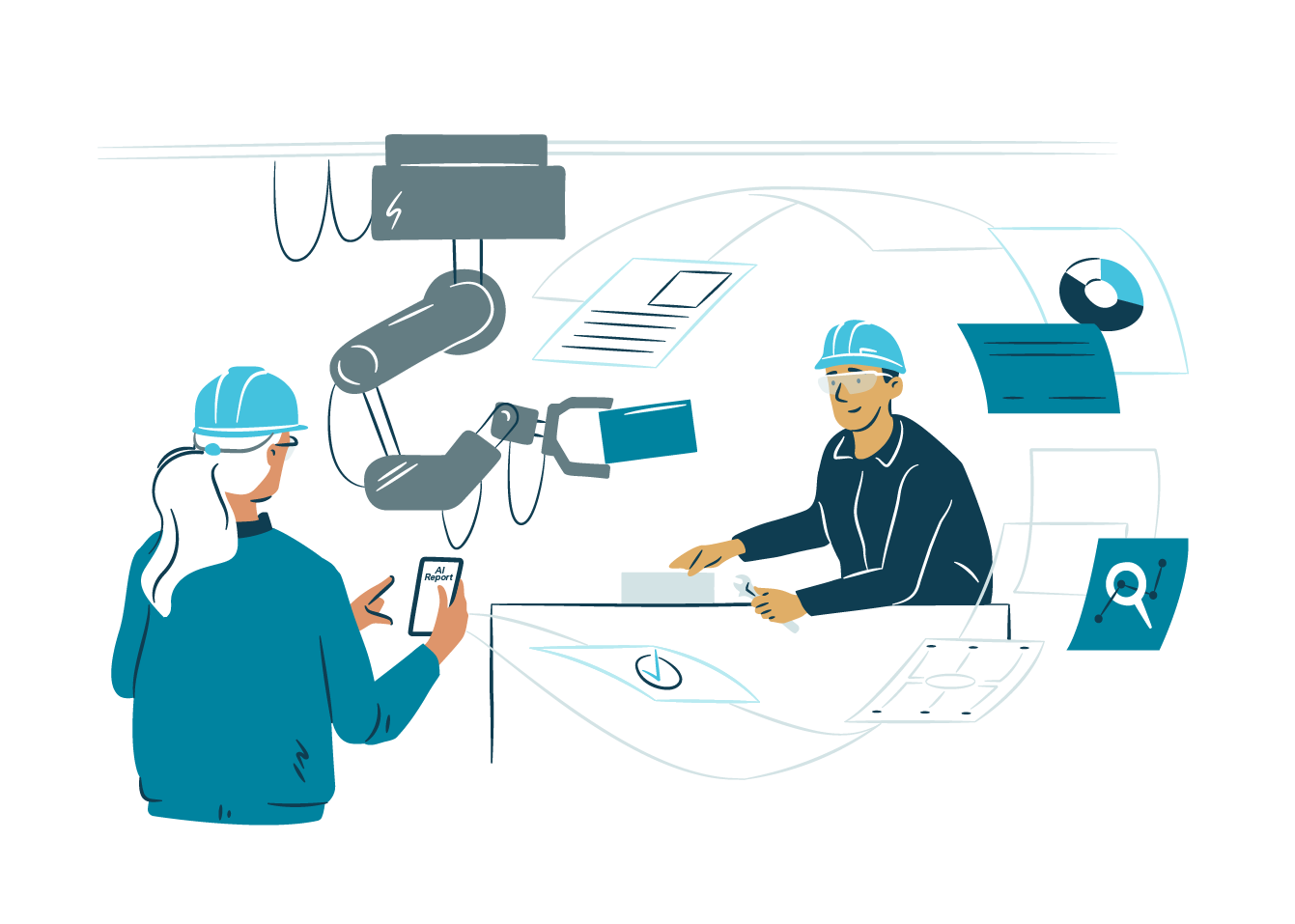What if you could save money and time by reducing prototype costs and speeding up product development? Imagine being able to identify and fix issues with products from a distance, and easily test and update them. What if you could efficiently manage products digitally from start to finish?
Digital twin can help companies create better devices faster, more efficiently, and in an environmentally friendly manner. At the same time, it transforms product development, production, maintenance, and product lifecycle management.
Digital twin refers to a digital or virtual model created from a physical environment or product. While the definition is clear, the term is ambiguous and can be used at various levels and for different purposes.
Cost savings and more efficient product development
During the product development phase, a digital prototype is first built from the digital twin. Therefore, it makes sense to use the term “digital or virtual prototype” for the development phase model. A digital prototype can be used for product development and testing before manufacturing a physical prototype, reducing the number of iterations and increasing automated testing. According to studies, digital prototyping and testing can reduce prototype phase costs by 30–50 % and product design lead time by 20–30 %.
The actual digital twin is created when a digital copy is made from the physically manufactured product. Model-based design and simulation are essential parts of the digital twin. They require the manufacturer’s information systems to be able to create a 3D model, a physical model, and software and configuration data for the control system.
The digital twin enables fault diagnostics, development and testing of new software or features, update and maintenance planning, and management of the product lifecycle. In the long term, the greatest benefits of the digital twin are realised in the design and implementation of new product generations and the management of the entire product lifecycle. The most significant advantages are achieved when communication between the physical product and the digital twin occurs automatically throughout the entire lifecycle, and data analysis utilises machine learning and generative AI.
What if you could digitally simulate and optimise every stage of the product lifecycle, from design to end-of-life?
Structure and concepts of the digital twin
A digital twin can have different maturity levels, with its structure determined by the desired functional level and physical correspondence compared to its real counterpart.
A typical layered structure consists of a core system model and layers for the physics model, graphics engine, user interface, and connections to external hardware, with AR/VR/XR also optionally integrated.
Differences also arise in how the physical and virtual models communicate with each other. The concept and naming of the digital twin can be categorised based on communication methods:
- Digital Model: In lighter cases, the primary purpose of the digital twin is to maintain the birth certificate, maintenance, and update history of the physical product. It is a digital model of the physical product updated mainly manually.
- Digital Shadow: In more advanced cases, the digital twin updates automatically based on data collected from the physical product, creating a digital “shadow” following the physical device.
- Digital Twin: A genuine digital twin fully matches the functionality of the physical model, and data moves automatically in both directions. Communication and data transfer between the digital and physical products are essential. In some cases, the Digital Twin can also adjust or control the physical device.
The digital model is usually used in the product design phase, concept development, and as a visual aid. The primary use cases for the digital shadow include analyzing data from product usage, identifying trends, and understanding system functionality. The digital twin is mainly used for real-time monitoring, control, updating, analysis, and optimization of performance and functions.
The choice of the model depends on the project and industry requirements. If real-time monitoring and analysis are emphasised, the digital twin is likely the right choice. When a historical perspective is needed, the digital shadow is usually sufficient. In situations focusing on conceptualisation and design, the digital model may be the optimal choice.



